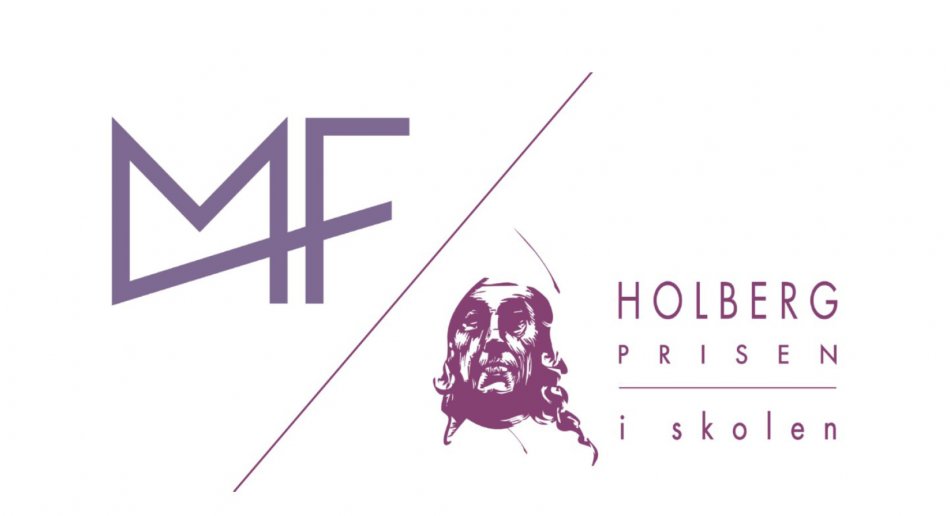
Baptismal Practices in the Nordic Countries
- The Nordic national churches are in many ways very similar to each other, but they also have characteristic differences in many areas. Some of these we can see in the sphere of baptism, Harald Hegstad tells us. He has recently completed a project on baptismal practices in the Nordic Countries.
Translated by Andrew Wergeland
"Baptism in Times of Change" is a Nordic project that has surveyed existing research and resources related to the topic of baptism in the Nordic countries since the year 2000.
Professor of systematic theology, Harald Hegstad, has been the coordinator and contact for Norway in the Nordic project "Baptism in times of change", where the participants have surveyed existing research and resources related to the topic of baptism in the Nordic countries since the year 2000.
Background for the Project
In recent decades there has been a tendency towards fewer baptisms in the Nordic national churches, both in total and in relation to the number of births. Baptism has diminished in position as a rite of passage for infants. At the same time, there has been a rise in baptism among adolescents and adults. This development has led to heightened interest in baptism among researchers of theology and social sciences and within the churches themselves. Hegstad has done a comparative analysis of the numbers of baptisms in the Nordic countries from 2000 to 2019.
- The project has its origin in an internal process within The Lutheran World Federation, and the methodology of the project has sparked much interest at the heart of the organization, Hegstad tells us.
Baptism at Home Common in Finland and Iceland
One aspect of the project has been to compare baptismal practices in the Nordic countries:
- The Nordic national churches are in many ways very similar to each other, but they also have characteristic differences in many areas. Some of these we can see in the sphere of baptism. In Norway, for example, baptism is usually performed at a church service. While in Finland and Iceland, baptism at home is the normal practice. Work has been done on baptism within all of the churches in recent years, but this has led to different results and different paths have been taken. Finding out more about what other churches have done has been instructive.
Hegstad reflects over the difference between the Norwegian baptism and the Finnish and Icelandic home baptism. - The advantage of the Norwegian practice is that the connection with the church and the congregational fellowship is displayed better. The advantage of the Finnish and Icelandic practice is that it is more personal and connects the church and the home more tightly together. It should, by the way, be mentioned that baptizing at home is also common in Sámi areas of northern Norway.
Please consult Karin Tilberg's overview of baptism liturgies in the Nordic countries.
Contributes to Dialogue between Researchers, Church Leaders and Professionals
Developing a way of talking about baptism that both communicates well and is theologically grounded is important.
Harald Hegstad
Cooperating across national borders can lead to challenges, especially during a pandemic. Hegstad points out that the challenges were overcome and opened up for new possibilities:
- The project has had as an aim to develop methodology where we have used methods developed in MF's MUV project at the Nordic level. That means facilitating dialogue between researchers, church leaders and professionals. The covid-19 pandemic made it necessary to utilize digital platforms, which made it easier for people to participate. These are experiences that we will take with us into later projects.
Using digital platforms has also made it possible for more people to attend the webinars that were held on various topics. All of the webinars are available as recordings at the project's website.
- Contributions made at these webinars will, according to the current plan, be published in a monograph with an international publisher, Hegstad tells us.
If everything goes as planned, the book will be published during 2023.
- At a concluding consultation, a number of "recommendations" were put forward for the various churches to now keep in mind as they work with baptism. I'd like to point especially to the recommendations regarding communication. Developing a way of talking about baptism that both communicates well and is theologically grounded is important.
The remaining recommendations can be found at the project's website.
Recent news Research news



